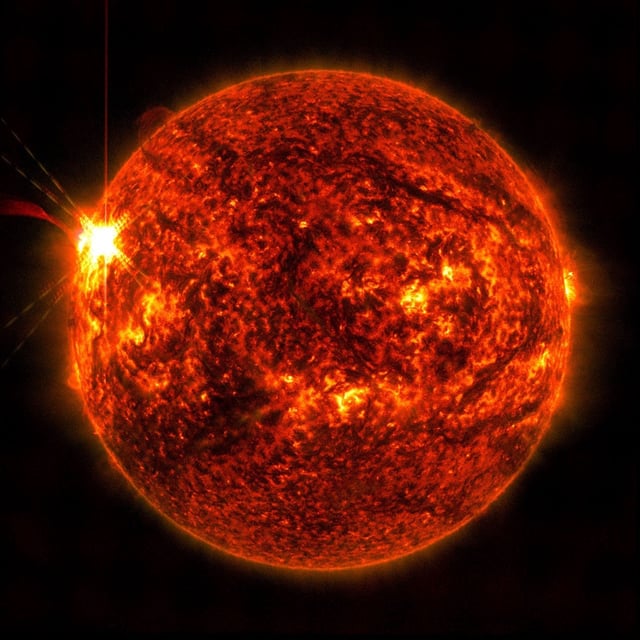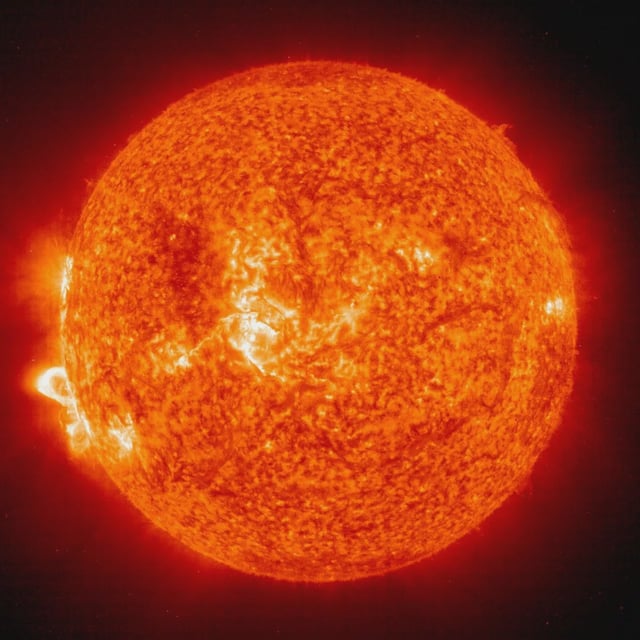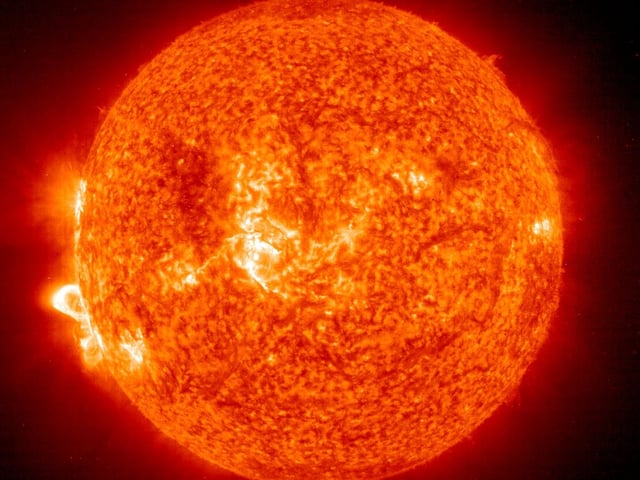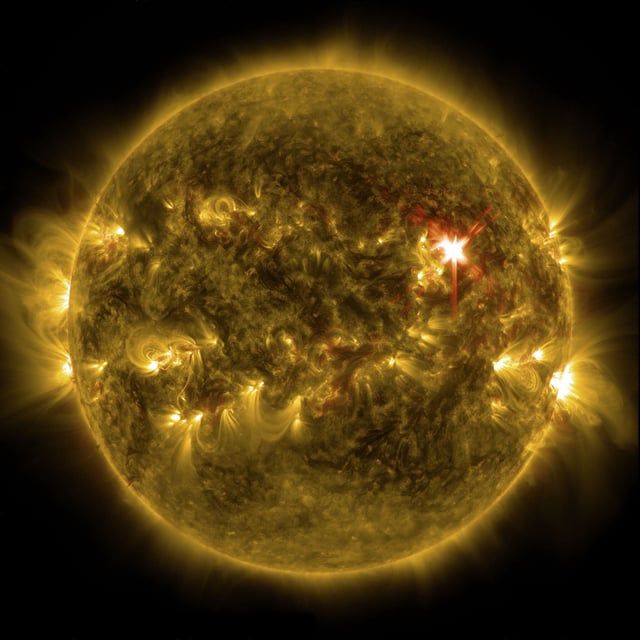Overview
- The X2.7-class solar flare on May 14 triggered R3-level radio blackouts across Europe, Asia, and the Middle East, marking the most intense eruption of 2025 so far.
- Sunspot region AR4087, the source of the flare, is now rotating into a direct Earth-facing position, increasing the risk of more impactful solar activity.
- NASA and NOAA warn that future flares from AR4087 could disrupt radio communications, power grids, navigation systems, and pose risks to satellites and astronauts.
- While no Earth-directed coronal mass ejections (CMEs) have been confirmed from the May 14 flare, scientists are closely monitoring for potential geomagnetic storms and auroras.
- The Sun is currently at its solar maximum, an 11-year peak in activity, driving more frequent and intense solar flares and space weather events.



